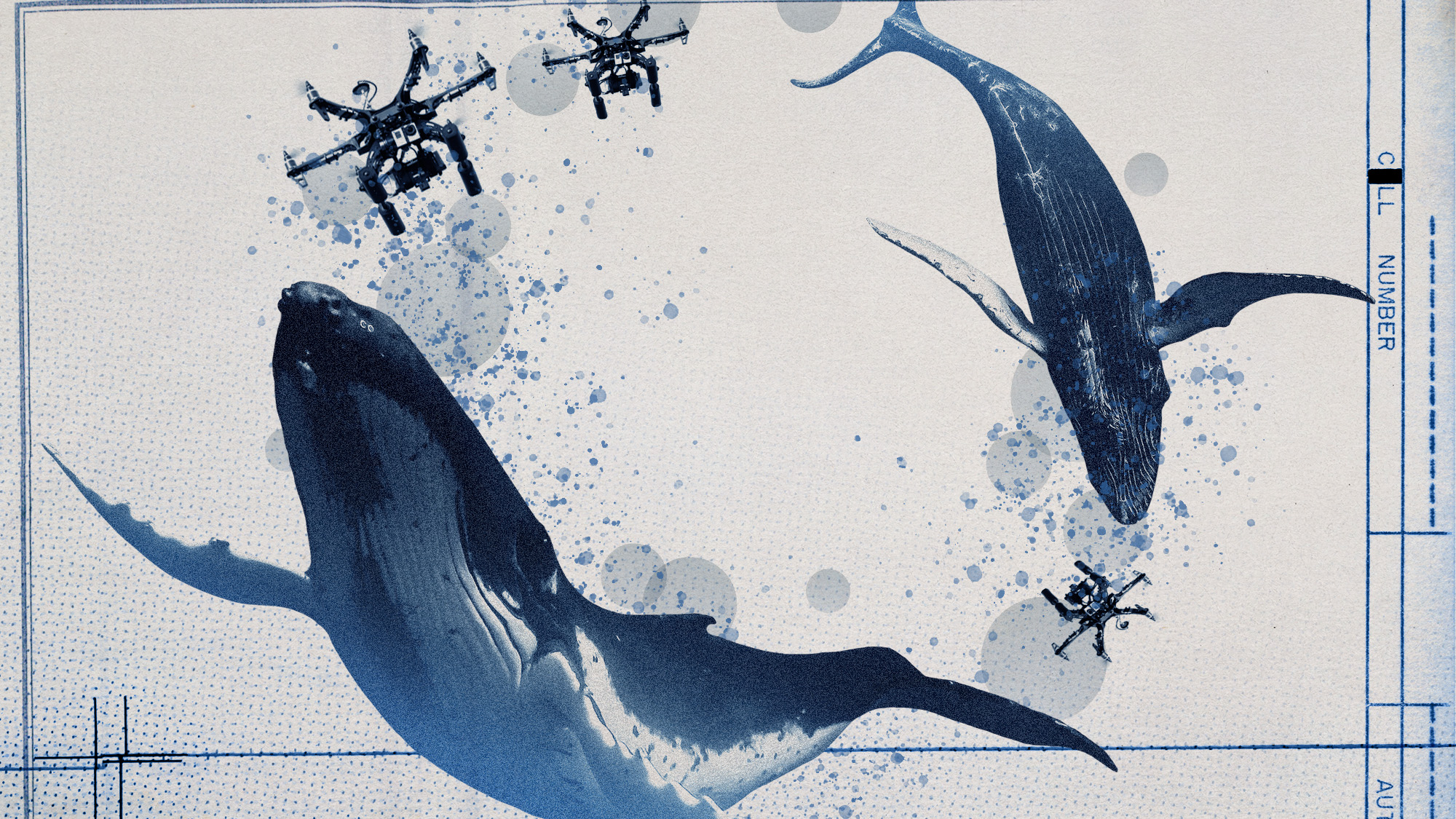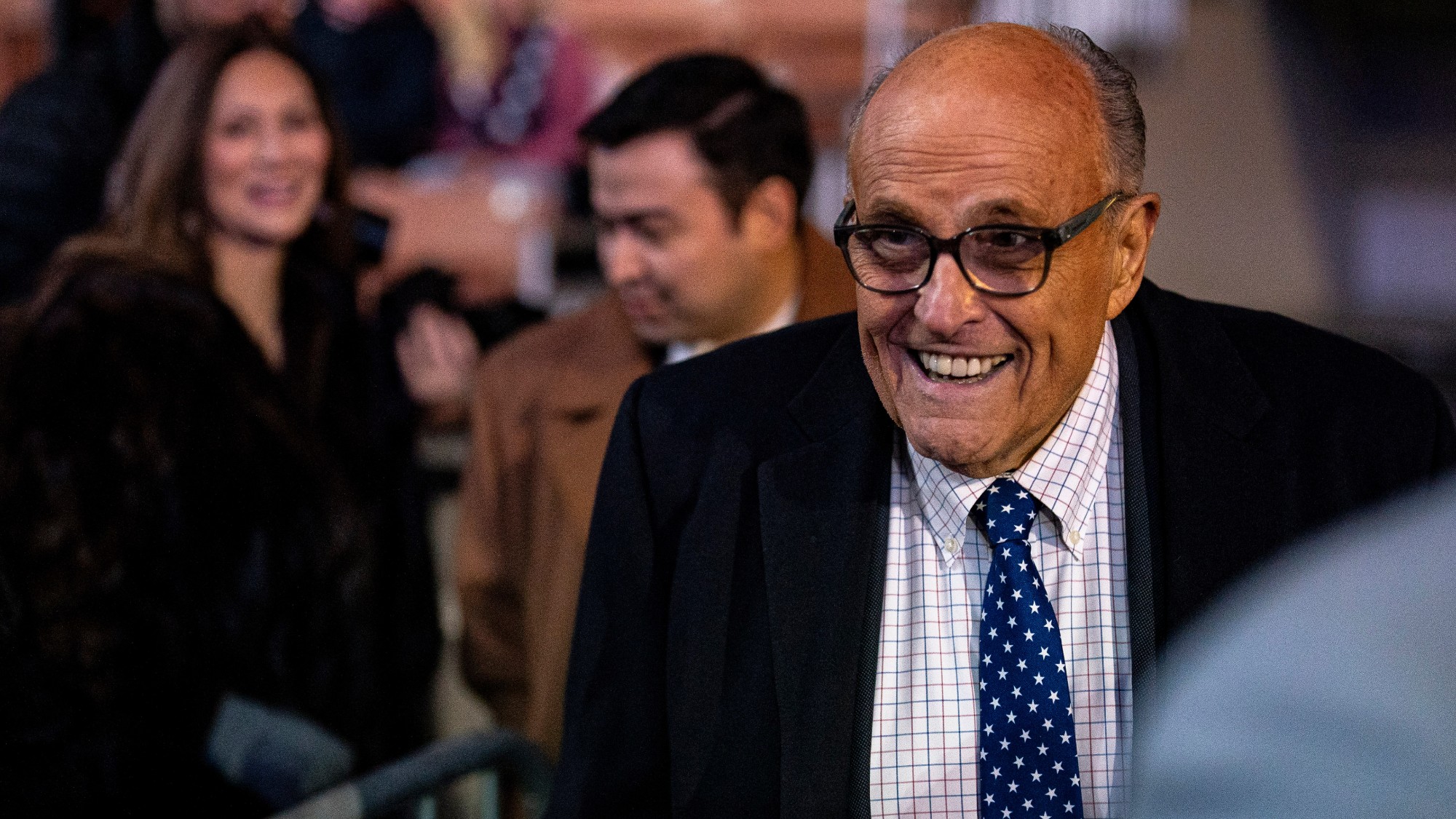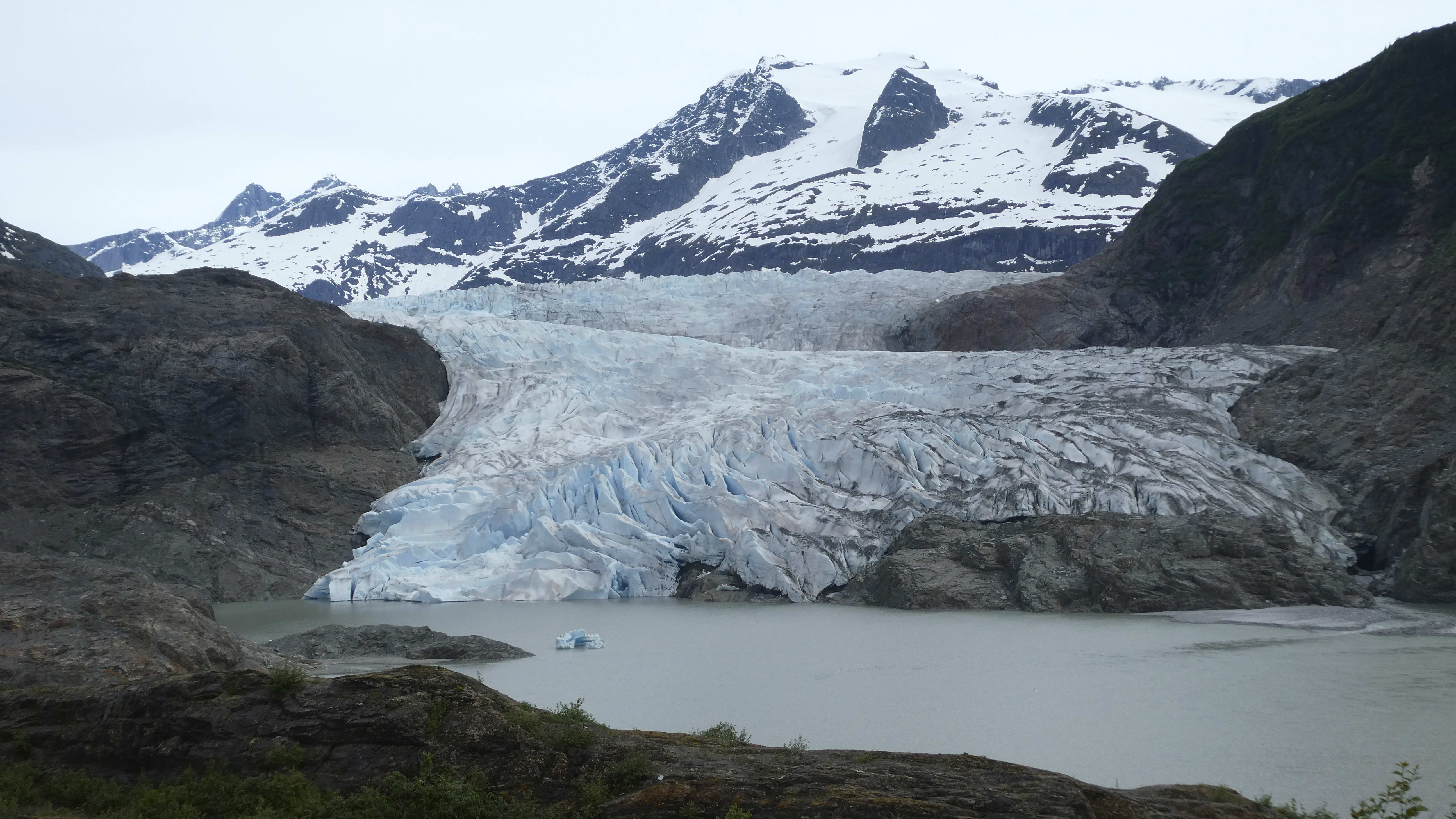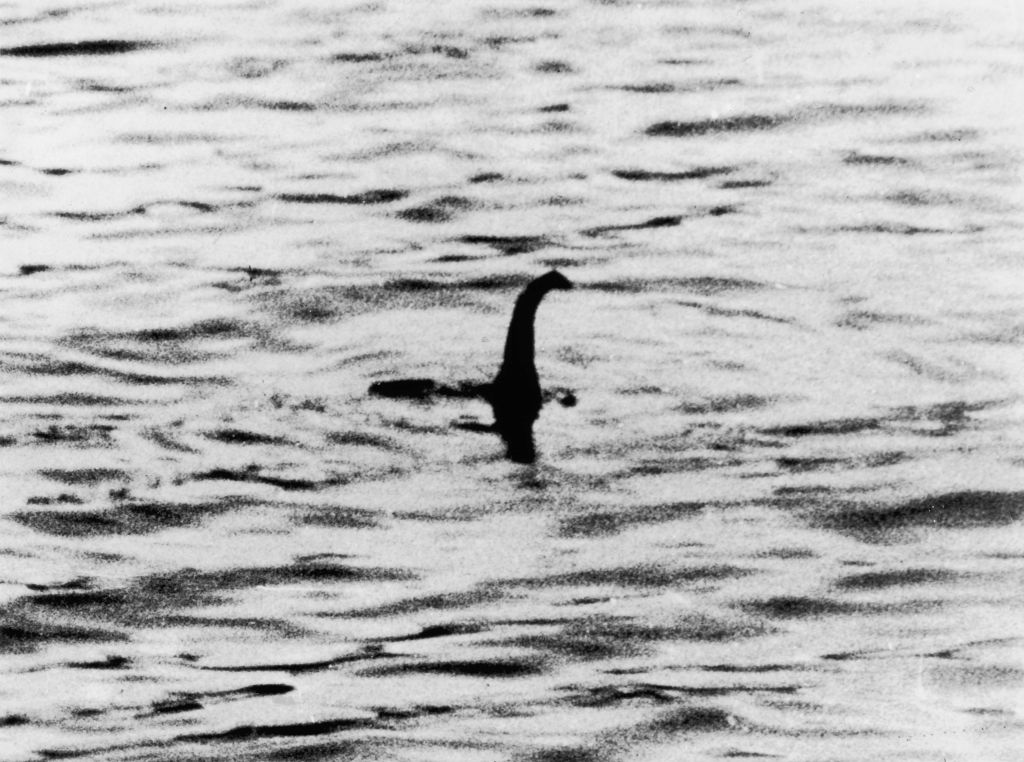Retro Report looks at America's persistent panic over power lines and cancer


In the late 1980s, America was rocked by a report that the electromagnetic fields (EMFs) from high-voltage power lines cause cancer, especially in children. Nearly three decades of research has shown that there might be a small correlation between power lines and childhood leukemia, but the cancer is so rare, and EMFs so pervasive, that even the author of an explosive 1987 study, David Savitz, tells Retro Report that "it's quite questionable whether these fields cause leukemia at all."
A panel of the National Academy of Sciences concluded in 1996 that there was no persuasive link between power line EMFs and cancer. But even though the "current state of the science says power lines cannot be a major public health threat," radiation biologist John E. Moulder at the Medical College of Wisconsin tells Retro Report, "we cannot prove that the risk is zero."
In any case, a palpable fear of high-voltage power lines persists, and even predates 1987, Retro Report notes in its mini-documentary on the science and the panic of power line EMFs. "Once a bell of fear is rung, it seems exceedingly difficult to unring it," says The New York Times' Clyde Haberman in his accompanying article. And that's especially true for potential health hazards we cannot see or control, those that cause pain before death, and those that affect children. Watch the Retro Report video below:
The Week
Escape your echo chamber. Get the facts behind the news, plus analysis from multiple perspectives.

Sign up for The Week's Free Newsletters
From our morning news briefing to a weekly Good News Newsletter, get the best of The Week delivered directly to your inbox.
From our morning news briefing to a weekly Good News Newsletter, get the best of The Week delivered directly to your inbox.
A free daily email with the biggest news stories of the day – and the best features from TheWeek.com
Peter has worked as a news and culture writer and editor at The Week since the site's launch in 2008. He covers politics, world affairs, religion and cultural currents. His journalism career began as a copy editor at a financial newswire and has included editorial positions at The New York Times Magazine, Facts on File, and Oregon State University.
-
 How drones have detected a deadly threat to Arctic whales
How drones have detected a deadly threat to Arctic whalesUnder the radar Monitoring the sea in the air
-
 A running list of the US government figures Donald Trump has pardoned
A running list of the US government figures Donald Trump has pardonedin depth Clearing the slate for his favorite elected officials
-
 Ski town strikers fight rising cost of living
Ski town strikers fight rising cost of livingThe Explainer Telluride is the latest ski resort experiencing an instructor strike
-
 Nobody seems surprised Wagner's Prigozhin died under suspicious circumstances
Nobody seems surprised Wagner's Prigozhin died under suspicious circumstancesSpeed Read
-
 Western mountain climbers allegedly left Pakistani porter to die on K2
Western mountain climbers allegedly left Pakistani porter to die on K2Speed Read
-
 'Circular saw blades' divide controversial Rio Grande buoys installed by Texas governor
'Circular saw blades' divide controversial Rio Grande buoys installed by Texas governorSpeed Read
-
 Los Angeles city workers stage 1-day walkout over labor conditions
Los Angeles city workers stage 1-day walkout over labor conditionsSpeed Read
-
 Mega Millions jackpot climbs to an estimated $1.55 billion
Mega Millions jackpot climbs to an estimated $1.55 billionSpeed Read
-
 Bangladesh dealing with worst dengue fever outbreak on record
Bangladesh dealing with worst dengue fever outbreak on recordSpeed Read
-
 Glacial outburst flooding in Juneau destroys homes
Glacial outburst flooding in Juneau destroys homesSpeed Read
-
 Scotland seeking 'monster hunters' to search for fabled Loch Ness creature
Scotland seeking 'monster hunters' to search for fabled Loch Ness creatureSpeed Read
